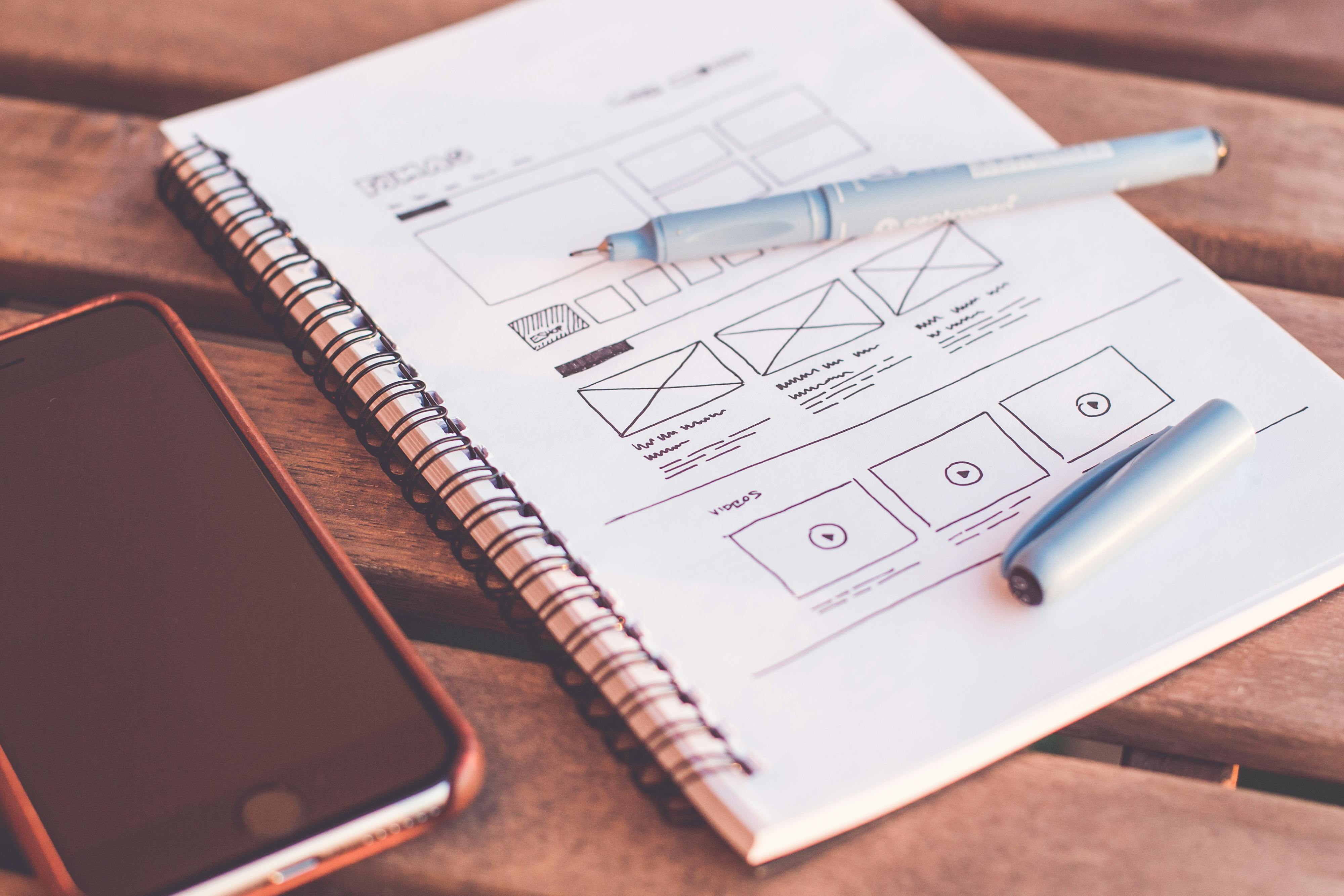How to Start Your Journey in UI/UX Design: A Beginner’s Guide


Getting Started with UI/UX Design
Introduction
Have you ever used an app or website and thought, "Wow, this is so easy to use!" That's the power of UI/UX design. UI/UX isn't just about making things look pretty, it's about creating meaningful, intuitive experiences for users. If you're curious about design and want to make a real impact, this blog will walk you through everything you need to know to get started in UI/UX design.
What is UI/UX Design?
UI (User Interface) is how something looks - the layout, buttons, colors, and typography.
UX (User Experience) is how something works - how easy it is to navigate, how users feel using it, and how smoothly they reach their goals.
Think of UI as the car's dashboard and UX as the feeling of driving it.
Step 1: Understand the Basics
Before jumping into tools, understand the foundation:
- Design Principles – alignment, contrast, hierarchy, consistency.
- User-Centered Design – always design for the user's needs, not just what looks good.
- Problem-Solving – good design solves real problems.
Step 2: Learn the Right Tools
Start with industry-standard tools:
- Figma – for UI design, wireframes, and prototyping.
- Adobe XD / Sketch – alternatives for interface design.
- Miro / Whimsical – for brainstorming and journey mapping.
Tip: You don't need to master all tools. Start with Figma - it's free and collaborative.
Step 3: Practice with Small Projects
Apply what you learn by creating:
- A login screen UI
- A food ordering app mockup
- A redesign of your favorite website
Start small and improve step-by-step. Repetition builds skill and confidence.
Step 4: Study Great UI/UX Work
Observe and analyze well-designed apps and websites:
- What makes them easy to use?
- How is the flow structured?
- What visual style do they use?
Explore platforms like:
- Behance
- Dribbble
- Mobbin
- UI Garage
Step 5: Learn About the Design Process
A good designer doesn't just design screens. Learn the UX process:
- User Research
- Wireframing
- Prototyping
- User Testing
- Iteration
You'll understand how real-world design works and how to solve user problems effectively.
Step 6: Build a Portfolio
Start documenting your work:
- Showcase your process, not just final screens.
- Add a case study that explains the problem, your solution, and design decisions.
- Use tools like Notion, Webflow, or Behance to publish your portfolio.
Step 7: Join the Community
Get feedback, share ideas, and grow with others:
- Join design communities: Discord groups, Twitter/X
- Follow designers on LinkedIn & Instagram
- Join UI/UX challenges (like 100-day UI)
Step 8: Keep Learning
UI/UX is an evolving field. Always stay curious:
- Take online courses: Coursera, Interaction Design Foundation, Google UX Certificate
- Watch YouTube creators like AJ&Smart, DesignCourse, Flux Academy
- Read blogs like UX Collective, Smashing Magazine, NNG (Nielsen Norman Group)
Final Words
Starting a career in UI/UX design might feel overwhelming at first but remember, every expert was once a beginner. If you're passionate about design, love solving problems, and enjoy making things user-friendly, you're already on the right path.
Take one step at a time. Learn, design, share, repeat.